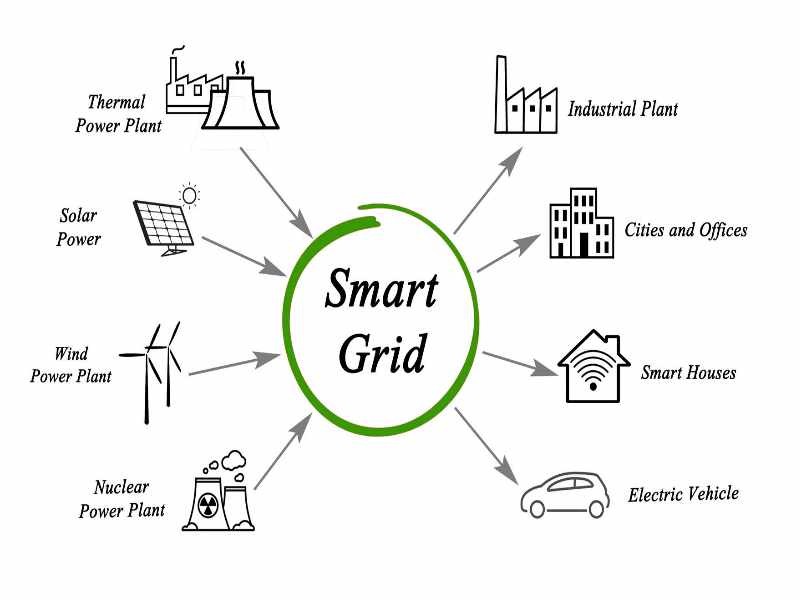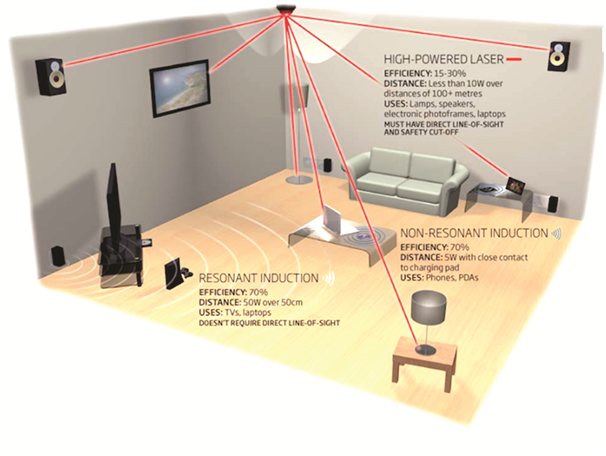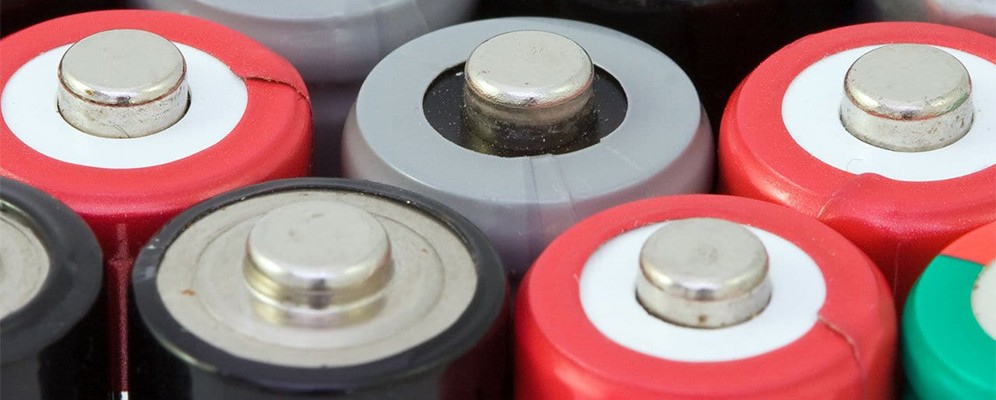The electrical engineering sector is undergoing a major transformation. Around the world, ambitious research and development departments are working on improved ways to collect, store, and consume electrical energy. Despite making tremendous progress in the previous year, the electrical engineering sector shows no signs of slowing down.
Around the world, scientists and electrical engineers have achieved significant progress, which will make the year 2021 quite fascinating. In reality, in 2021, the majority of long-awaited projects will be completed.
“I was originally supposed to become an [Electrical] engineer but the thought of having to expend my creative energy on things that make practical everyday life even more refined, with a loathsome capital gain as the goal, was unbearable to me.” – Albert Einstein
Following are the trending technologies :
1. Internet of Things
The introduction of 5G technology, which is 5 times quicker than its predecessor (4G), has considerably improved IoT. The Internet of Things (IoT) is a collection of “things” connected via the internet, including technological equipment, people, buildings, roadways, processes, and even animals – almost everything we see.

The Internet of Things has an influence on many different aspects of the electrical engineering environment. IoT is increasingly entwined with the electrical engineering sector in a variety of ways, including smart grids, smart lighting, and Visible Light Communication (VLC), among others. As a result, becoming "IoT literate" is now a need for every electrical engineer.
2. Smart Grids
People used to rely exclusively on electricity from a national power grid a decade ago. A grid is a collection of electrical lines that carry electricity from a power source to the general population. While the traditional electrical system will continue to exist for some time, it has been considerably upgraded throughout time.
Smart grids increase efficiency and lower costs by permitting end-to-end communication between distribution sites, power plants, and the end user's electrical point-of-presence.

Electrical engineers will undoubtedly encounter smart grids and be requested to assist in their development in the near future.
3. Wireless Power Transfer
Wireless power transfer is still in its infancy, but it has a promising future. Better wireless charging for computers, cellphones, earbuds, and other smart devices is expected in 2020.
In 2021, the use of wireless power transmission is projected to advance even further. Finally, we may be able to eliminate the need for individuals to utilise power cords on a regular basis. Even if not all of them will be available in 2021, the near future promises to be exciting.

4. Energy Saving Lights
Energy-saving bulbs, according to studies, use less than 80% of the energy required by traditional light bulbs. And, what's more, they're now reasonably priced. Each home saves an average of $100 per year in utility expenses by using energy-saving bulbs. LED lights are anticipated to become the standard in 2021 and beyond, as this energy-saving technology continues to develop.
5. Innovations in battery technology
Solar and wind energy are unquestionably the cleanest types of renewable energy. However, they only operate well with batteries, and as a result, many electrical departments and corporations all over the world are working tirelessly to develop superior batteries.

The electric car sector will also make major gains this year, thanks to better battery technology. In the realm of robotics, there will be even more advancements.
6. Robotics
In the meanwhile, this technology is a boon to the electrical engineering field! Robotics is, in fact, associated with security. Robots are now doing the most dangerous electrical engineering duties. Instead of giving the dangerous duty of cutting subterranean electrical wires to people, robots may be utilized.
# step the simulation through one time intervaldef step( self ):dt = self.dt# step all the robotsfor robot in self.robots:# step robot motionrobot.step_motion( dt )# apply physics interactions self.physics.apply_physics() # NOTE: The supervisors must run last to ensure they are observing the "current" world # step all of the supervisors for supervisor in self.supervisors: supervisor.step( dt ) # increment world timeself.world_time += dt

Robotics has a vital role in enhancing safety. Instead of placing individuals in danger, for example, remotely operated, wireless underground cable cutters may be utilized.
7. Drones
Drones will have a significant presence in the year 2020. There's no way the entertainment business could use it any more. However, by 2021, the usage of drones will have broadened significantly. Drones will be useful in the construction business, in addition to filming elegant Instagram videos or music videos. When utilized properly, they can prevent five out of every ten accidents on the worksite.

In the electrical engineering sector, this offers much-needed safety. Drones are now increasingly being used to assist record, gather, and analyse data on the job site, resulting in increased production and efficiency.
8. Electric Vehicles
Tesla, one of the world's most well-known electric car manufacturers, has seen its stock price surge since the beginning of this year. This comes after the firm surpassed the $100 billion mark!
This means that electric vehicles are on the verge of taking control. Experts predict that over 100 million electric vehicles will be on the road in ten years. Many investments are being made in electric vehicle technology, which will witness significant changes by 2021.

According to experts, approximately 125 million electric vehicles will be on the road by 2030. Given the millions of electric vehicles currently on the road, this isn't exactly a long-short situation. Consumers should anticipate stronger batteries, improved charging technology, more accurate autonomous driving, solar-powered EVs, and even electric planes from several EV makers.
9. Sustainable energy
Because of the large imbalance between need and supply in the foreseeable future in India, current patterns in electrical energy supply and demand are unsustainable. Exploiting energy-saving and aggressive usage of renewable energy systems is the road to sustainability.
The need for renewable energy sources is at an all-time high. The use of utility-scale renewable fuels like solar, wind, and hydropower is at an all-time high all across the world.
10. Nanotechnology
Electrical engineering is an integral part of nanotechnology research. From transistors to semiconductors to integrated circuits, the basis of electrical engineering is also the basis for nanotechnology.

Nanoelectronics examines the electronic and magnetic properties of systems at the nanoscale. Its subfields include hybrid inorganic-organic electronics, spin electronics and quantum electronics.
11. High-Efficiency PV Cells
One of the persistent difficulties of contemporary electrical engineering is to develop a photovoltaic technology implementation that is efficient, effective under a variety of operating circumstances, and extremely resistant to damage — all while remaining affordable.
Various engineering techniques have been explored to improve collecting and distribution efficiency, but perovskite-based cells have lately attracted the greatest interest at major research centers.
12. Automation
Automation is to control the industrial machinery and process with PLCand SCADA (Supervisory Control and Data Acquisition). It helps reduce the need for human intervention. It plays an increasingly vital role in the global economy and in daily experiences. Automation and control systems enable the safe and efficient operation of Industrial plants by minimizing risks.

13. Electrical Safety
Electrical Safety Audit is examining the security of electrical installations of any industrial unit or organization. Electrical Safety Audit is performed by inquiry, inspection, testing, and verification. Electrical Safety Audits are conducted by experienced professionals who assist clients in reducing risk and help to ensure compliance with applicable Safety Standards and Regulations.
As a growing demand of electrical engineering and the corona pandemic has laid a lot surge in the demand for electrical safety measures on worksite and manufacturing of equipment as well.
Warm Up
Previously, electrical engineering research was restricted to tiny experiments using batteries and static charges. After the likes of Michael Faraday, Thomas Edison, André Ampére, and Nicola Tesla continued to push the boundaries, more complex technologies emerged. These breakthroughs provide the foundation for today's advanced electrical engineering advancements.
Electrical engineers have a lot on their plate, and we can't wait to see all of these amazing inventions come to fruition. These patterns will guide us into the future. Everything is more pleasant, efficient, and economical in a world where the lights never go out suddenly!
Most electrical engineering ideas and, at first, half-baked conceptions might eventually come to fulfilment in 2021. Many electrical engineering innovations are in the works, and if they don't happen in 2021, they will definitely happen soon.
“Information theory began as a bridge from mathematics to electrical engineering and from there to computing.” – James Gleick

An engineer focusing in electronics and electrical structures operates as a precursor to potential future advances. You can also check out about Best Electrical Engineering Colleges in India here.
ReplyDeleteRank among the best by joining one of the **Best Colleges for CSE in India**—RCOEM’s CSE wing shines.
ReplyDeleteJoin the future of engineering at RBU, offering top-quality science engineering in Nagpur.
ReplyDelete